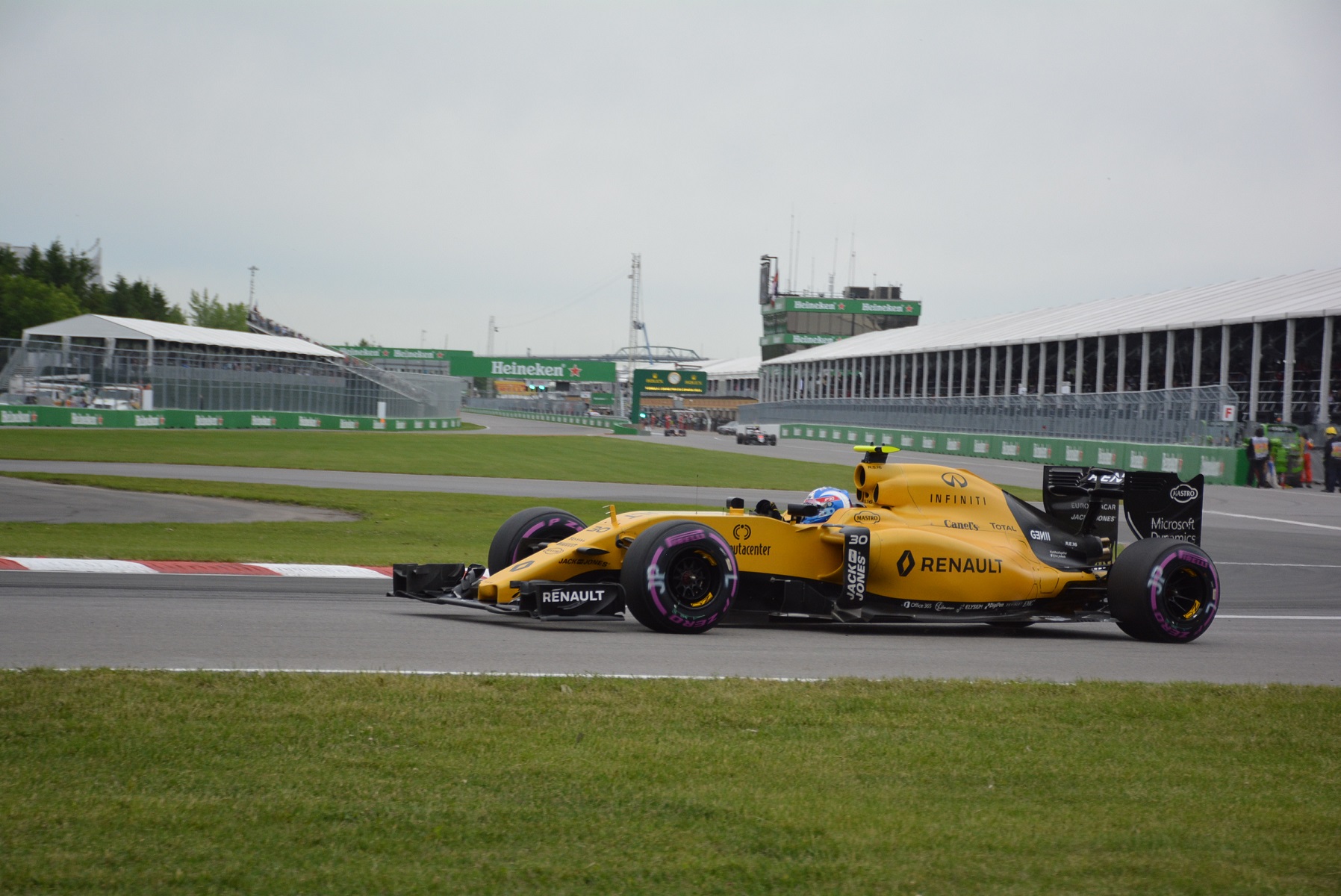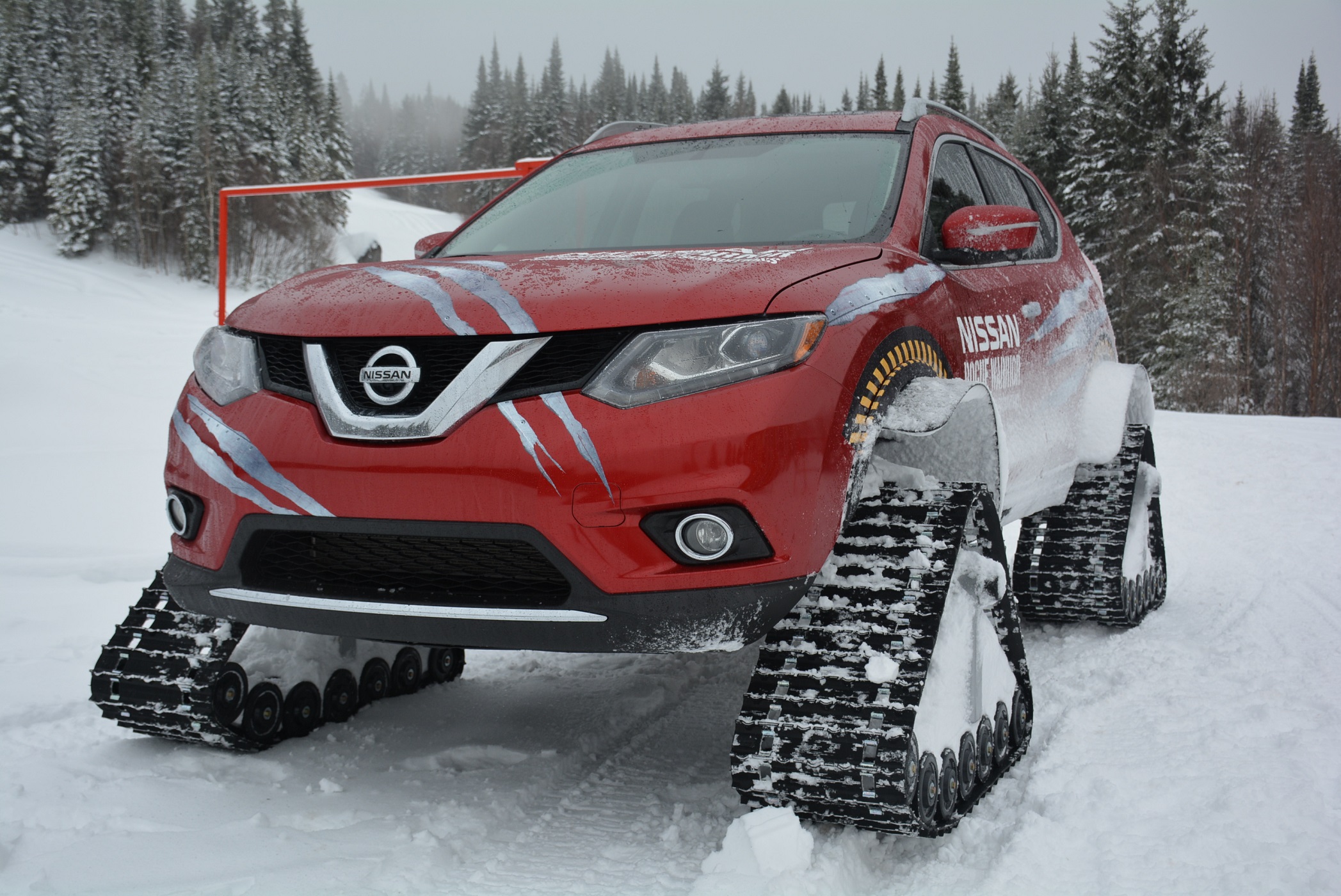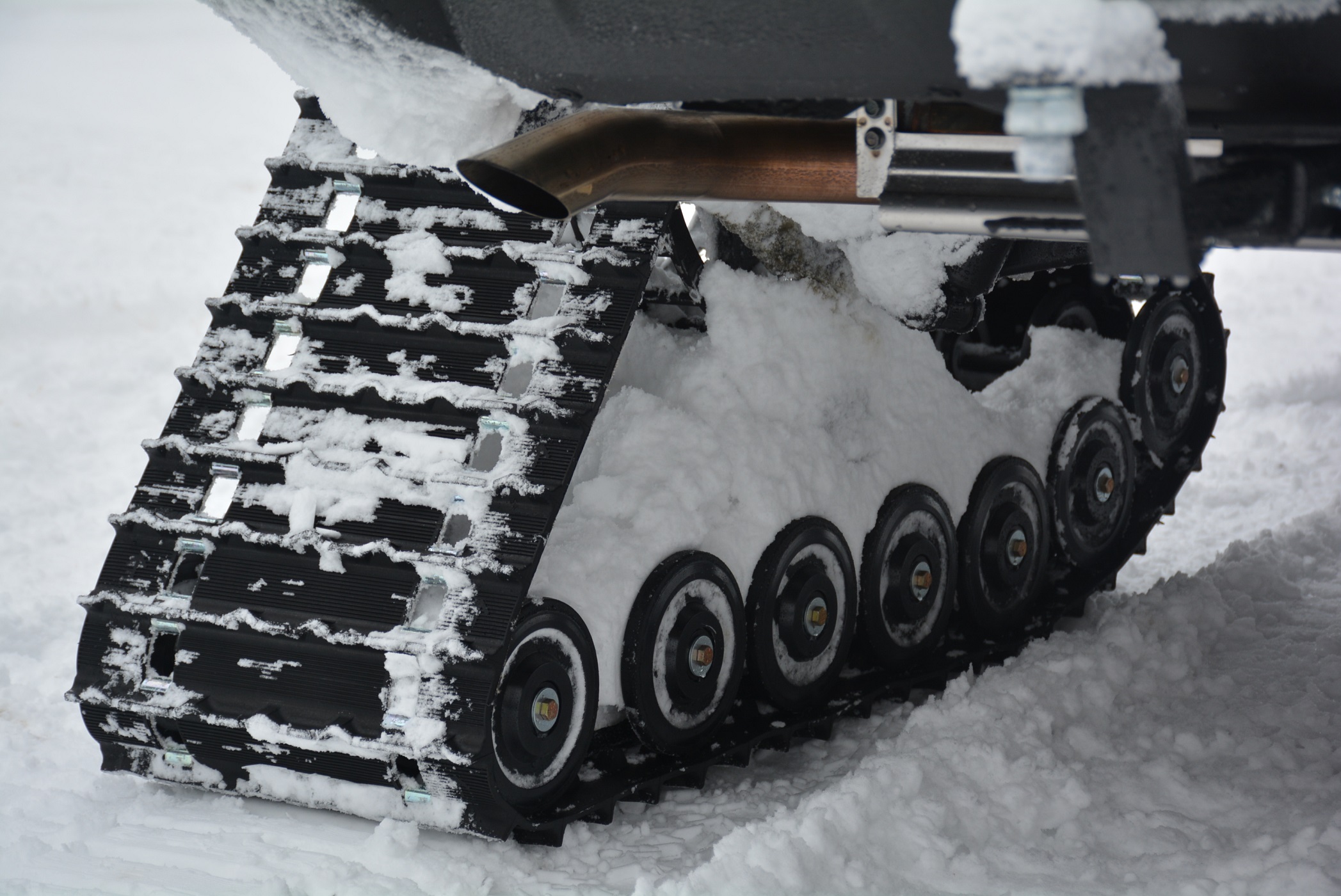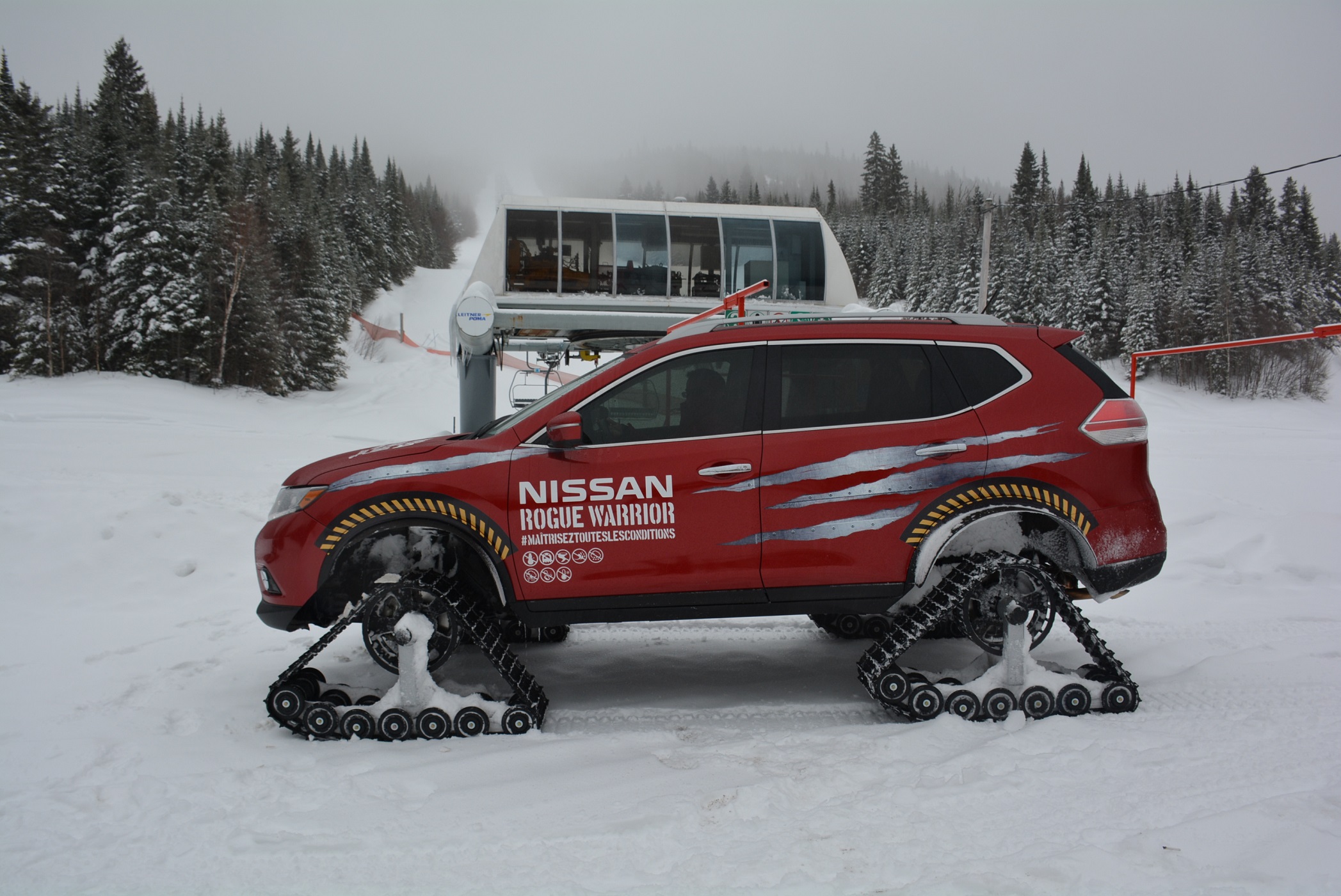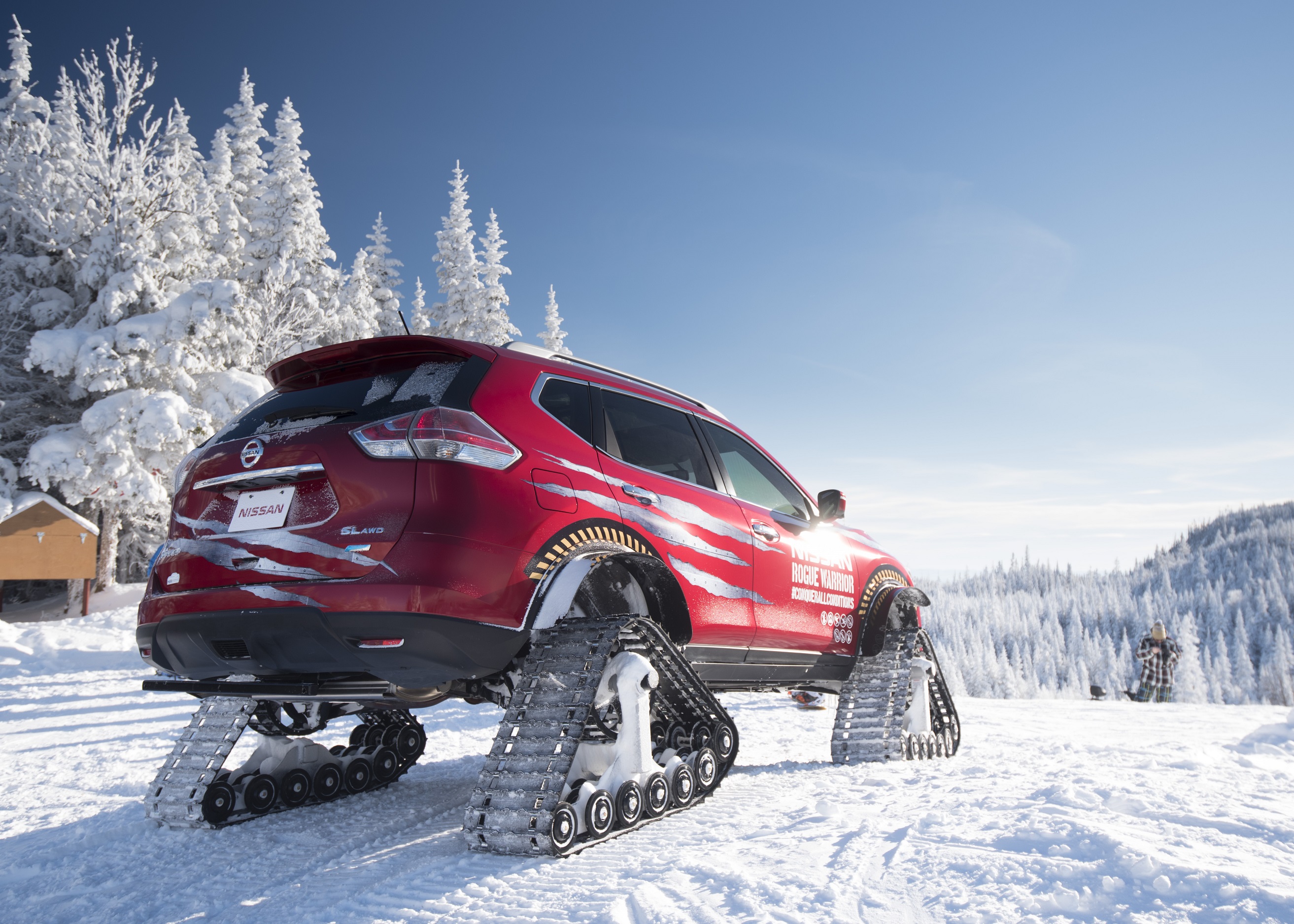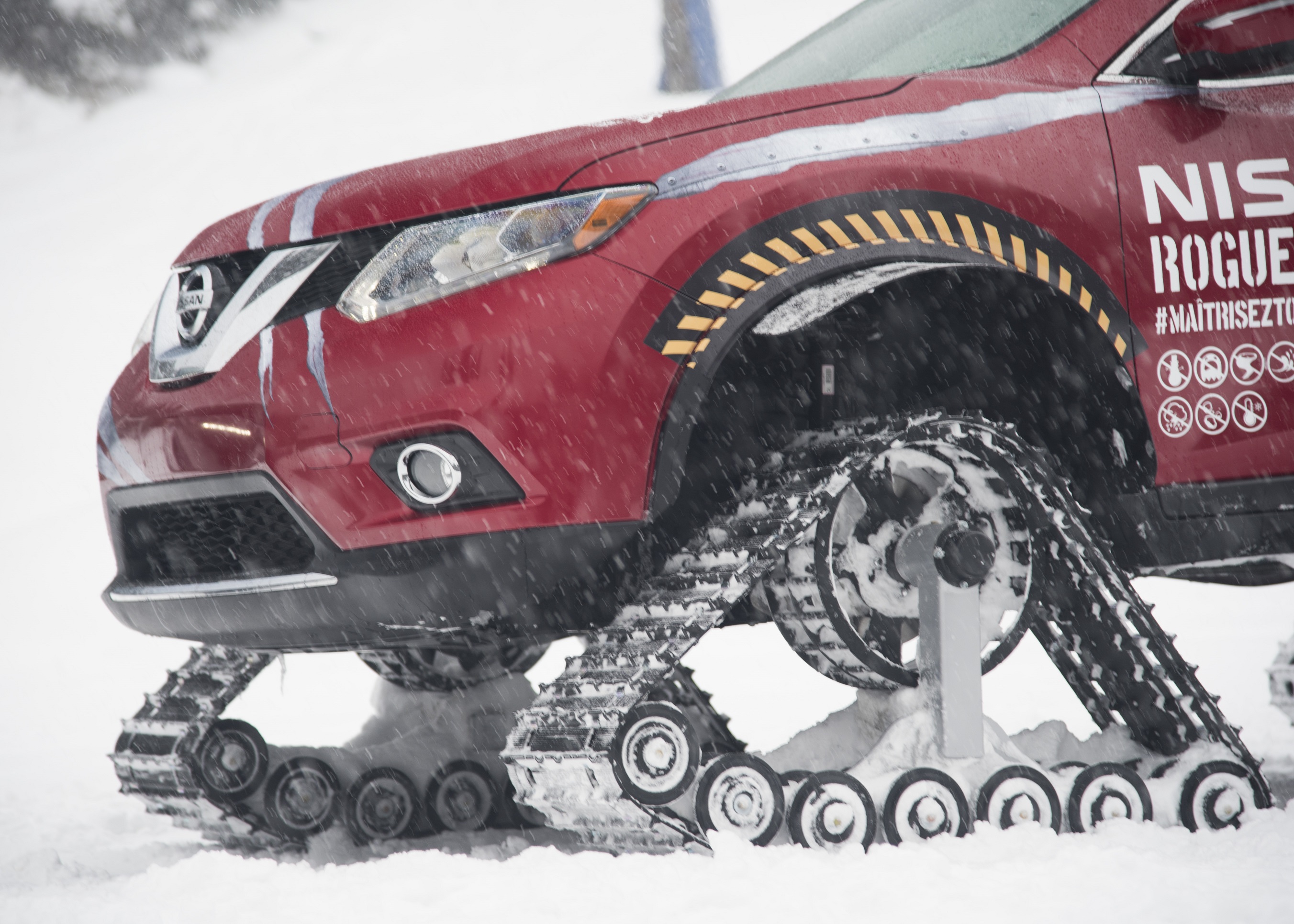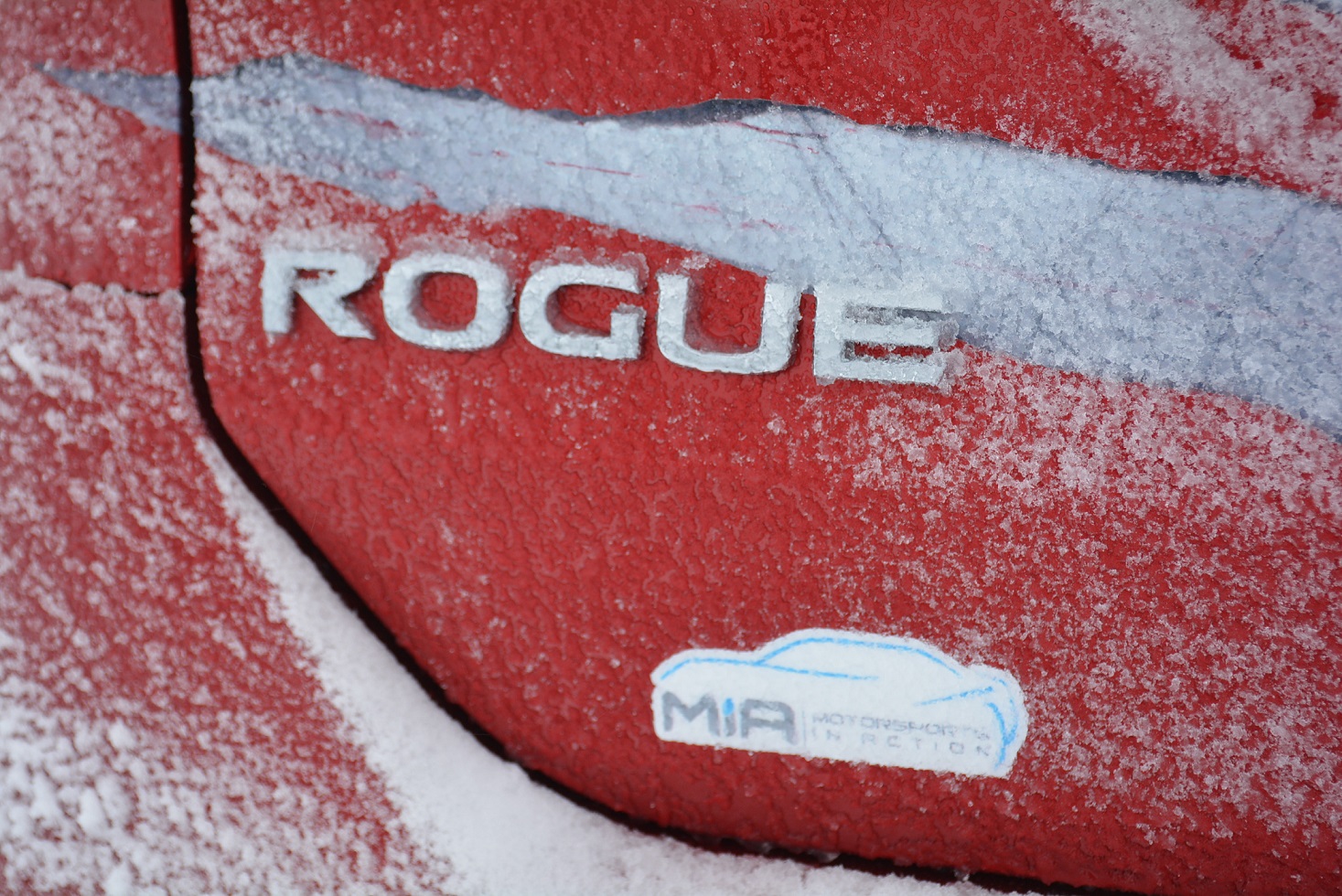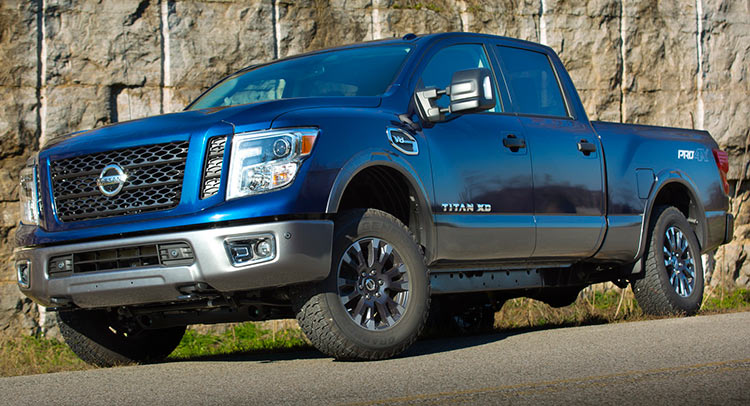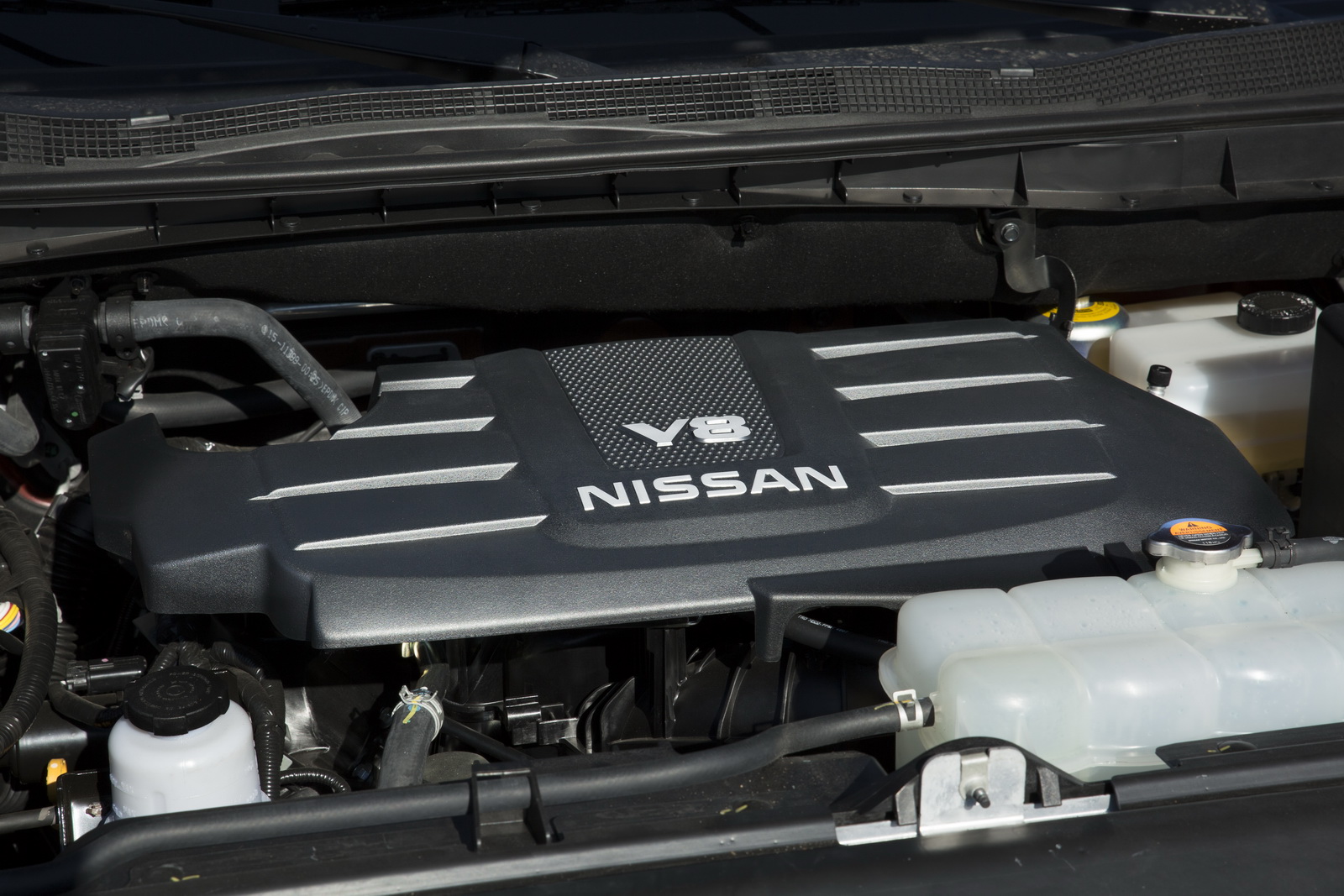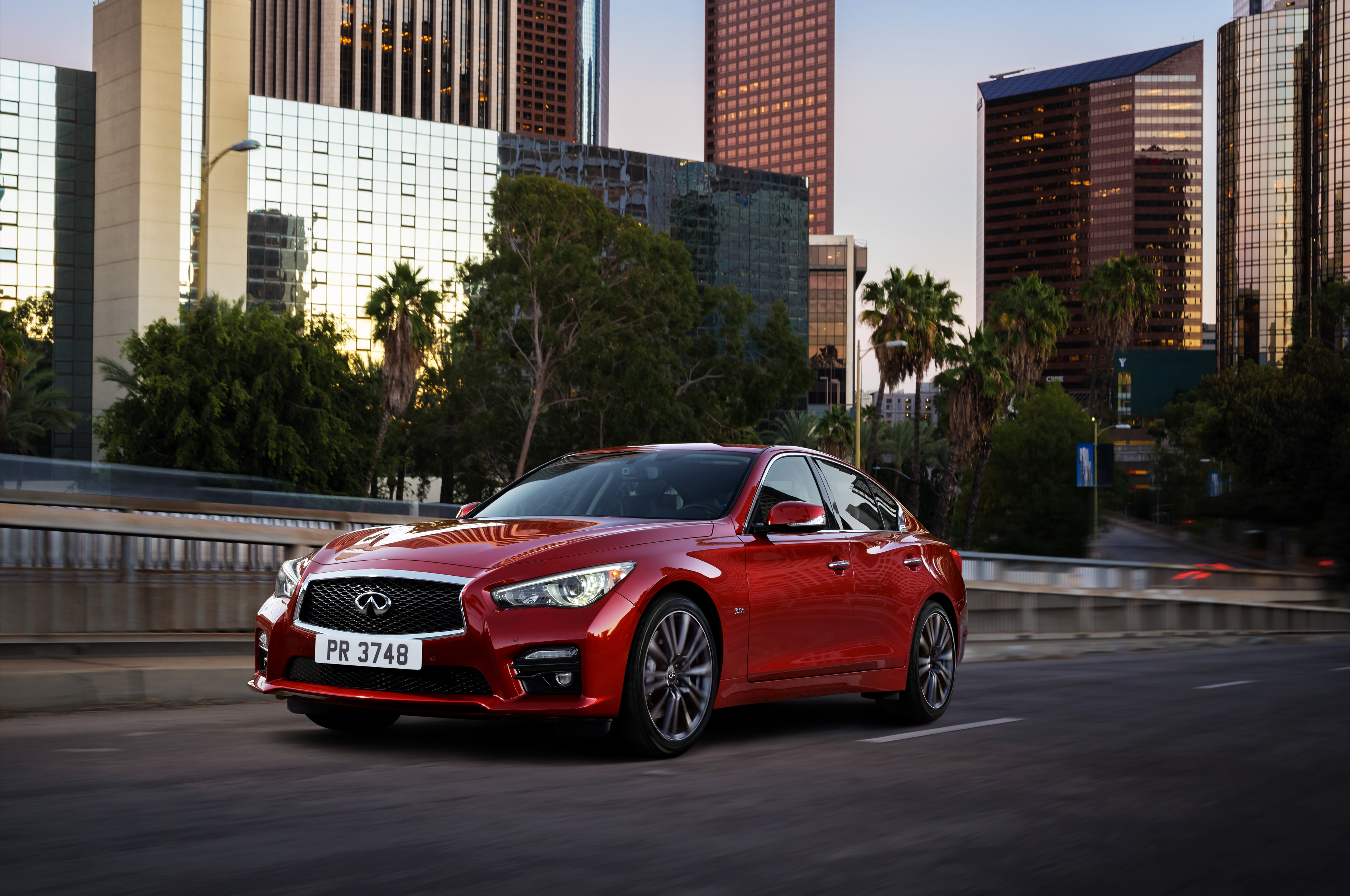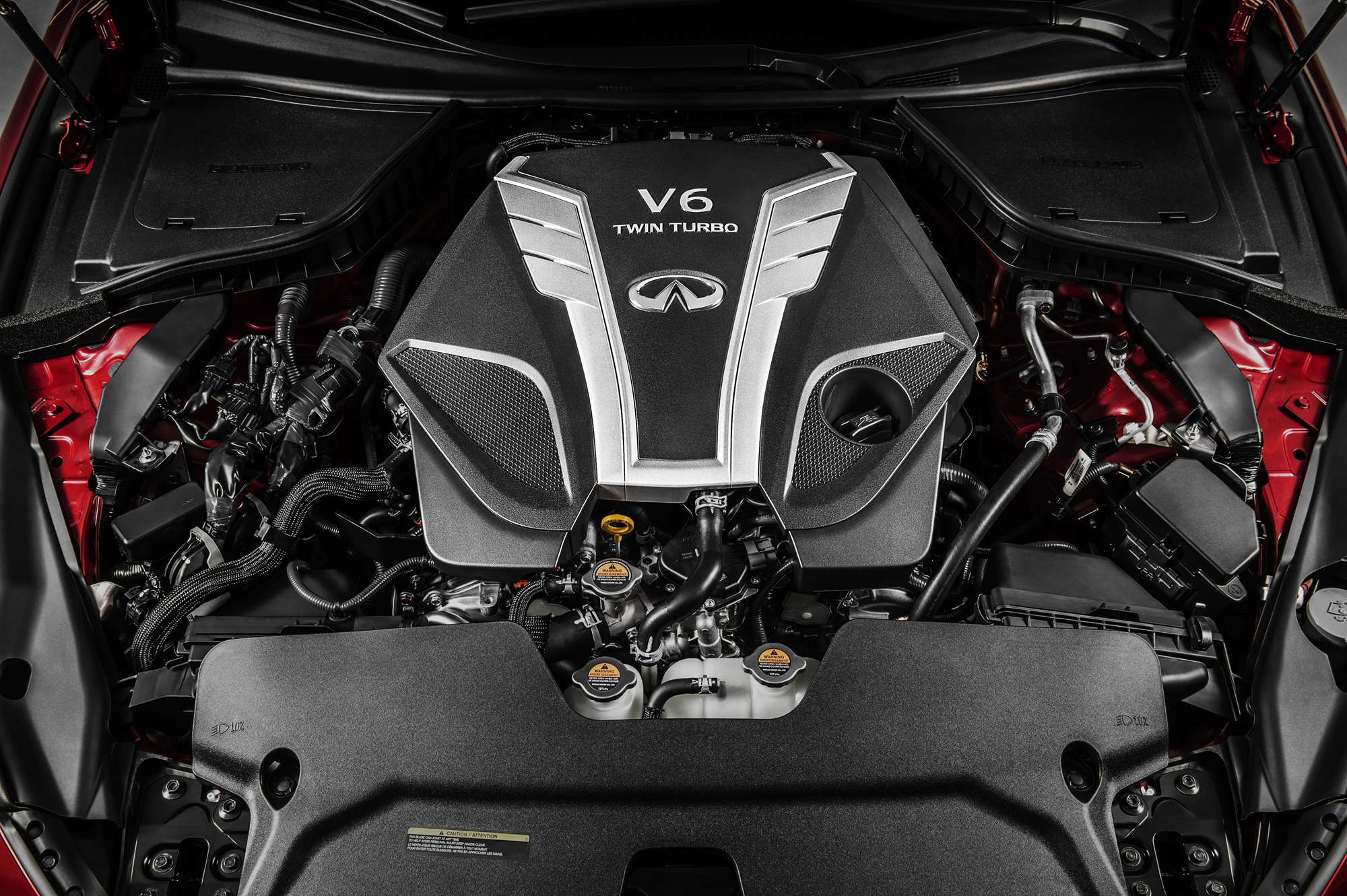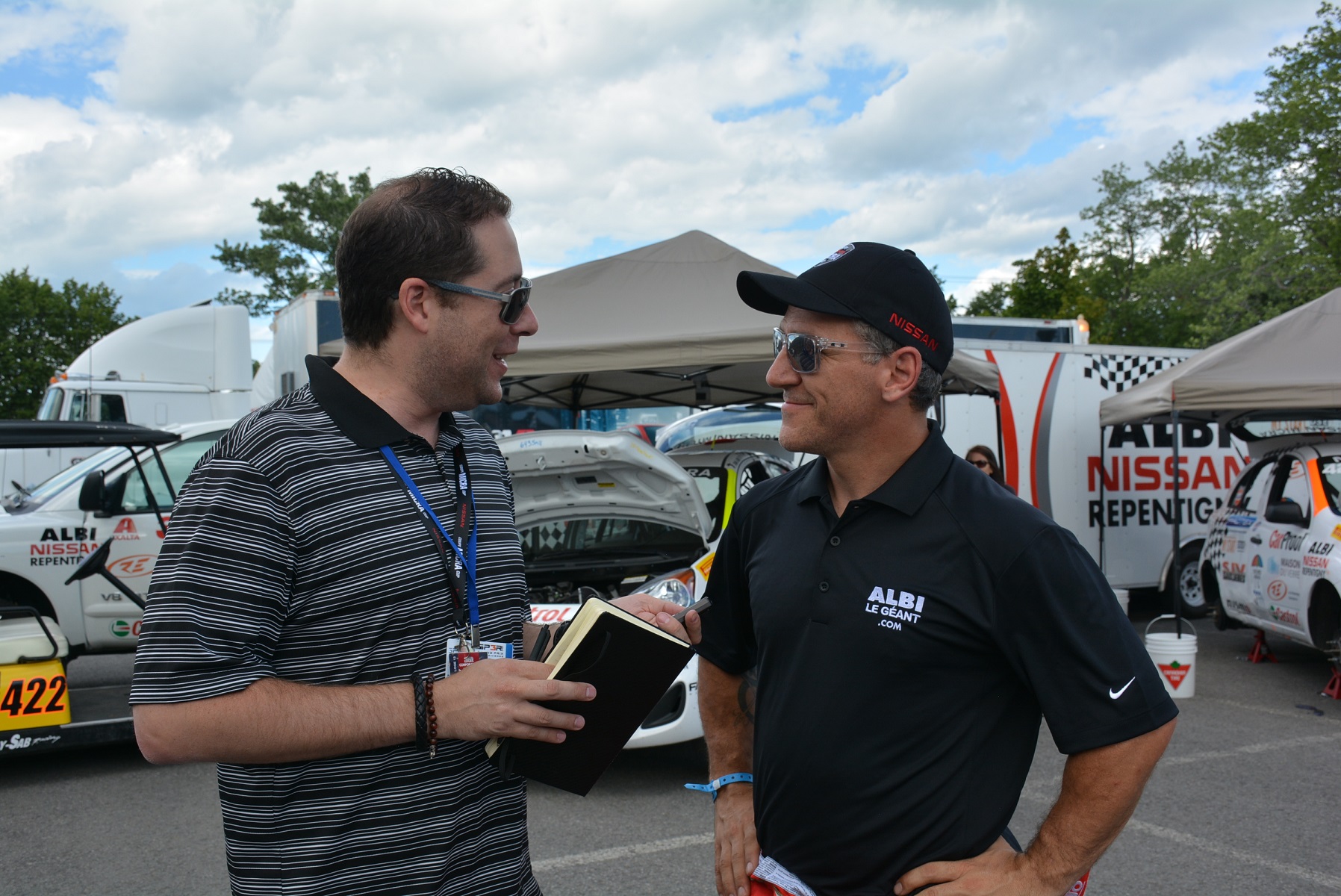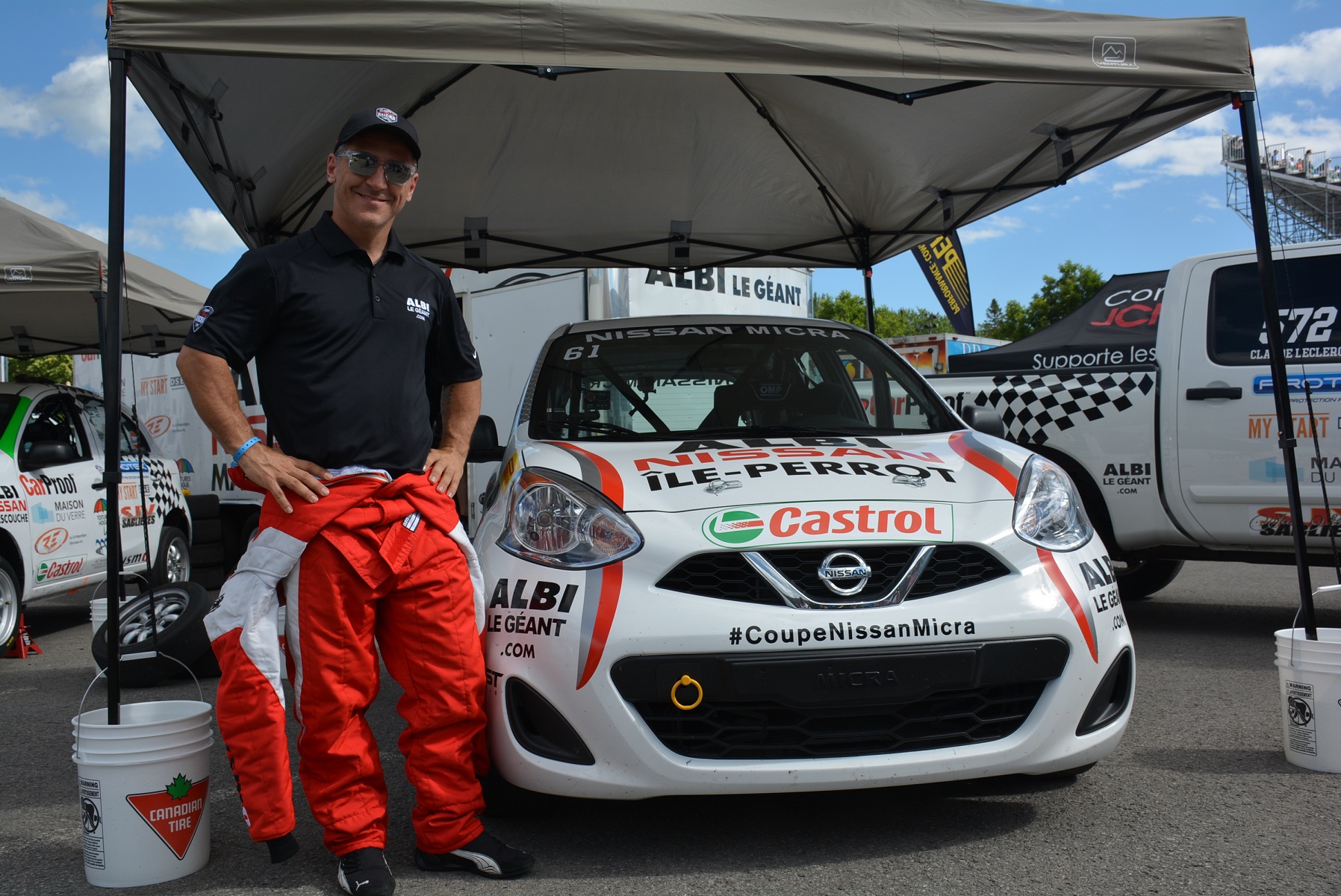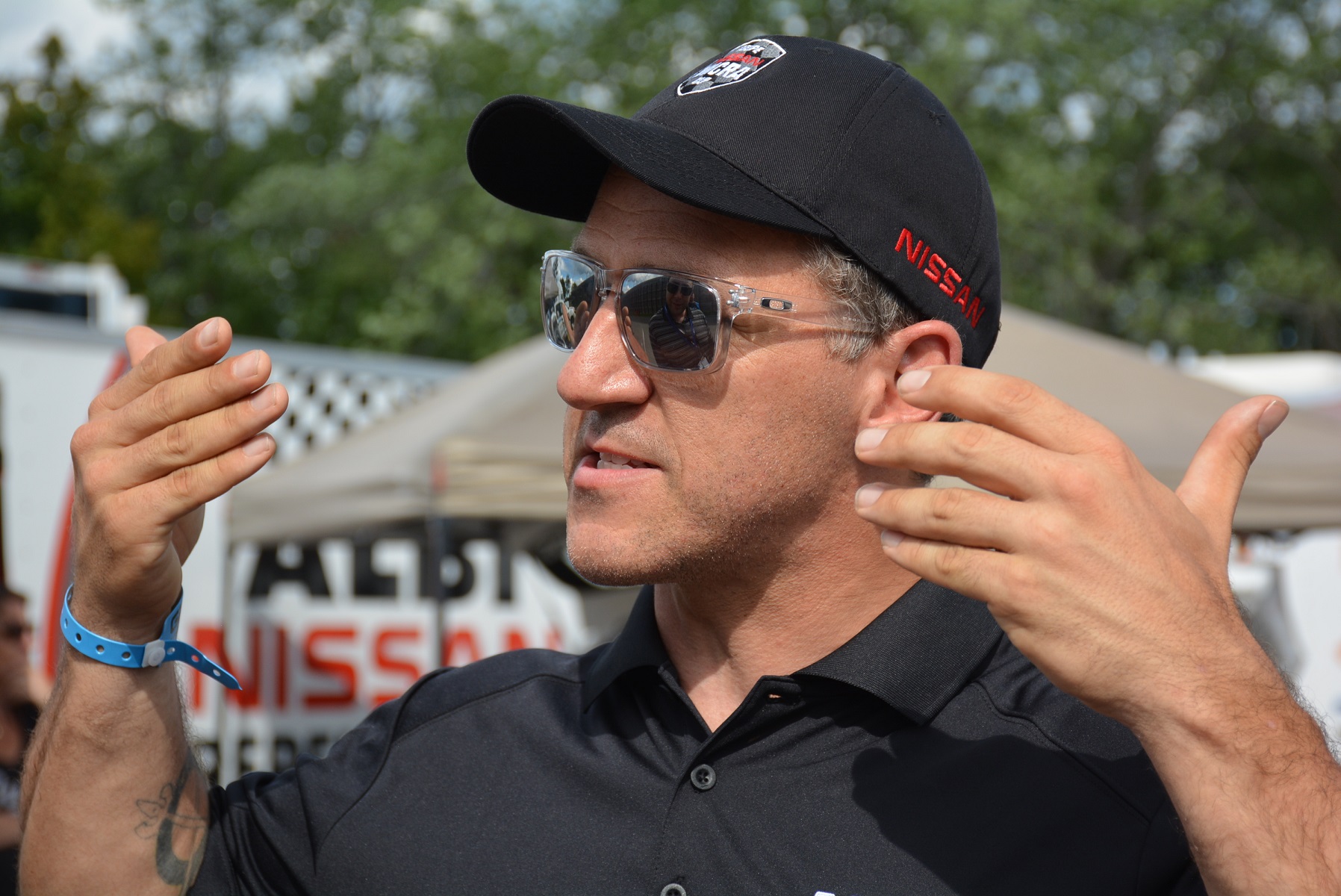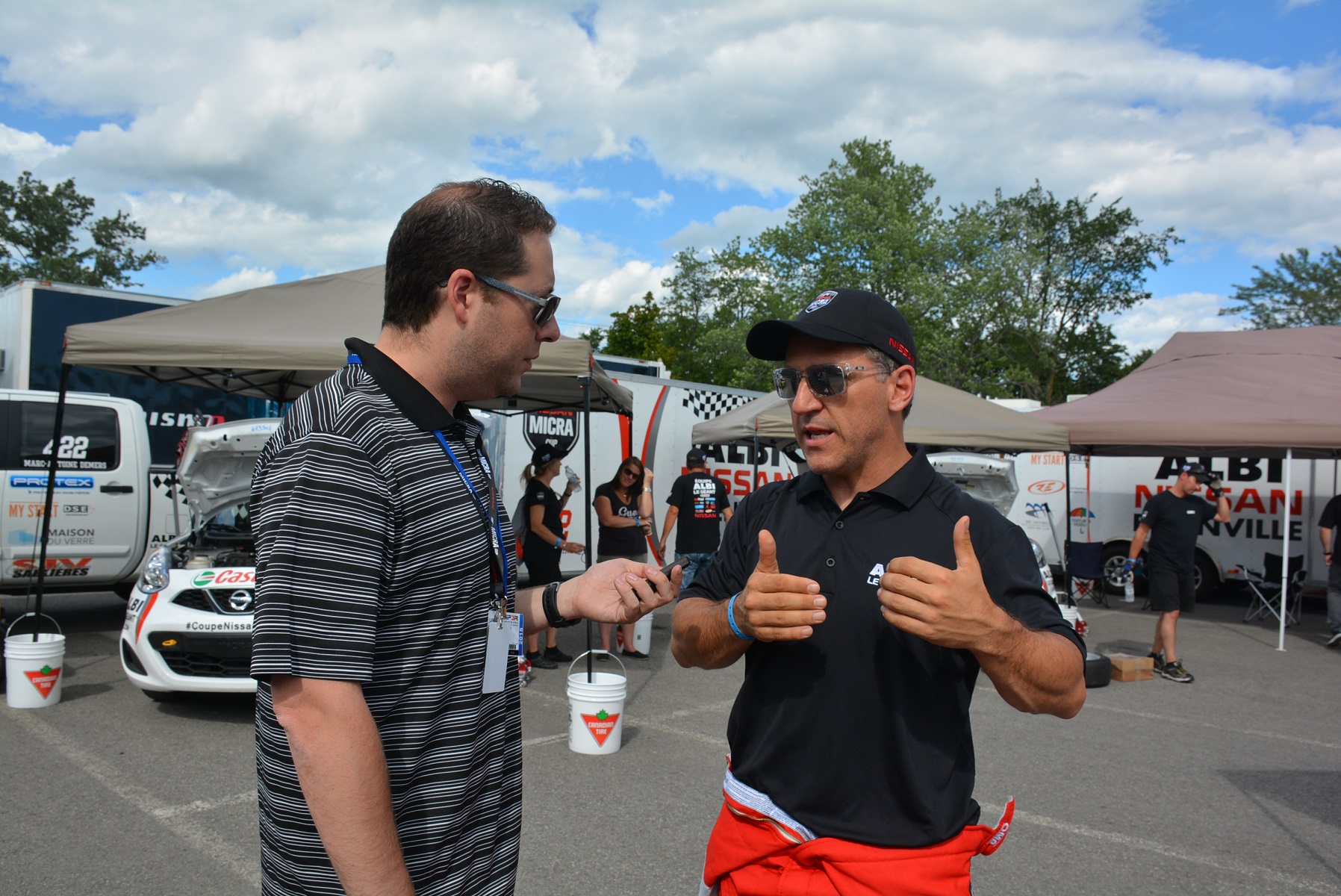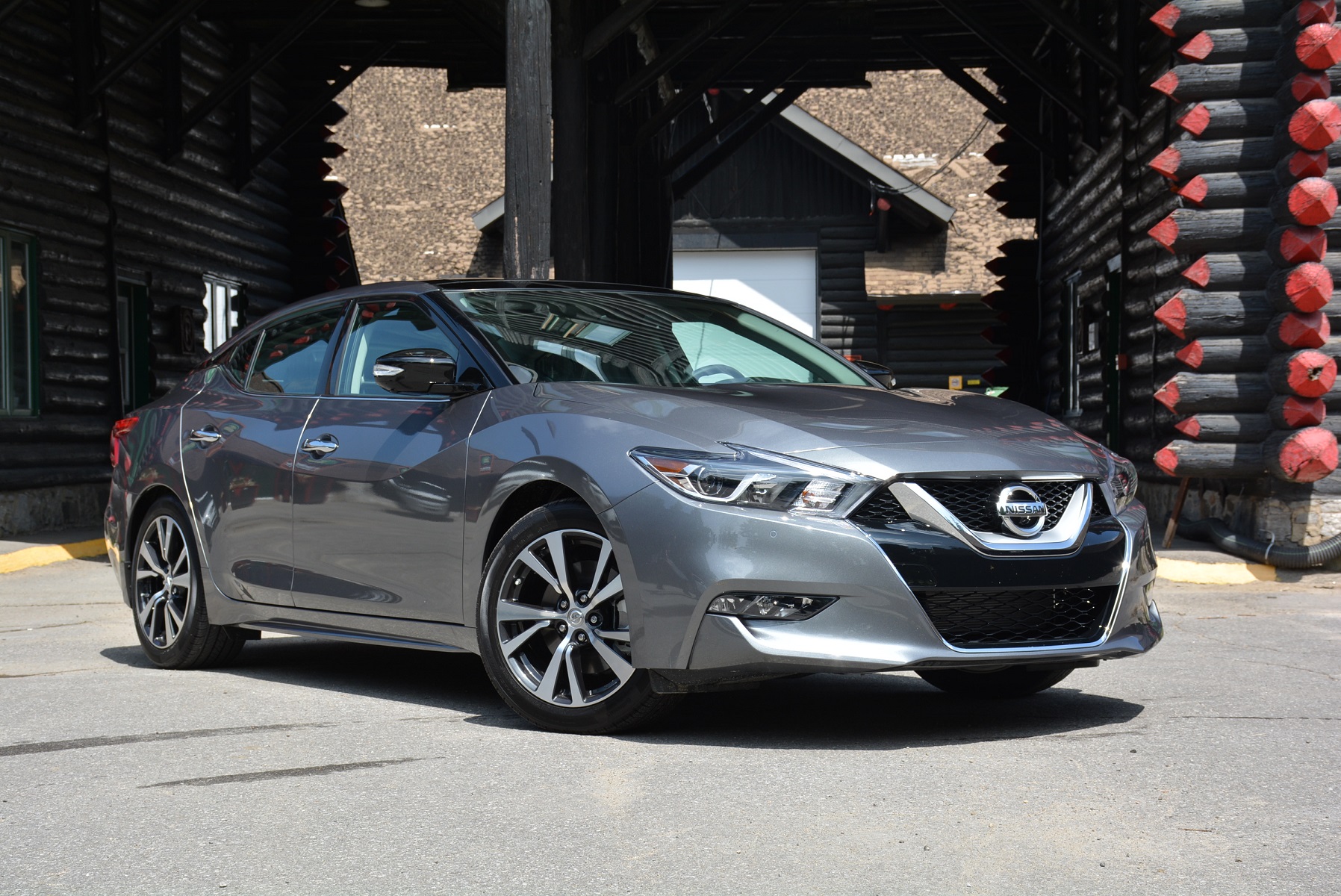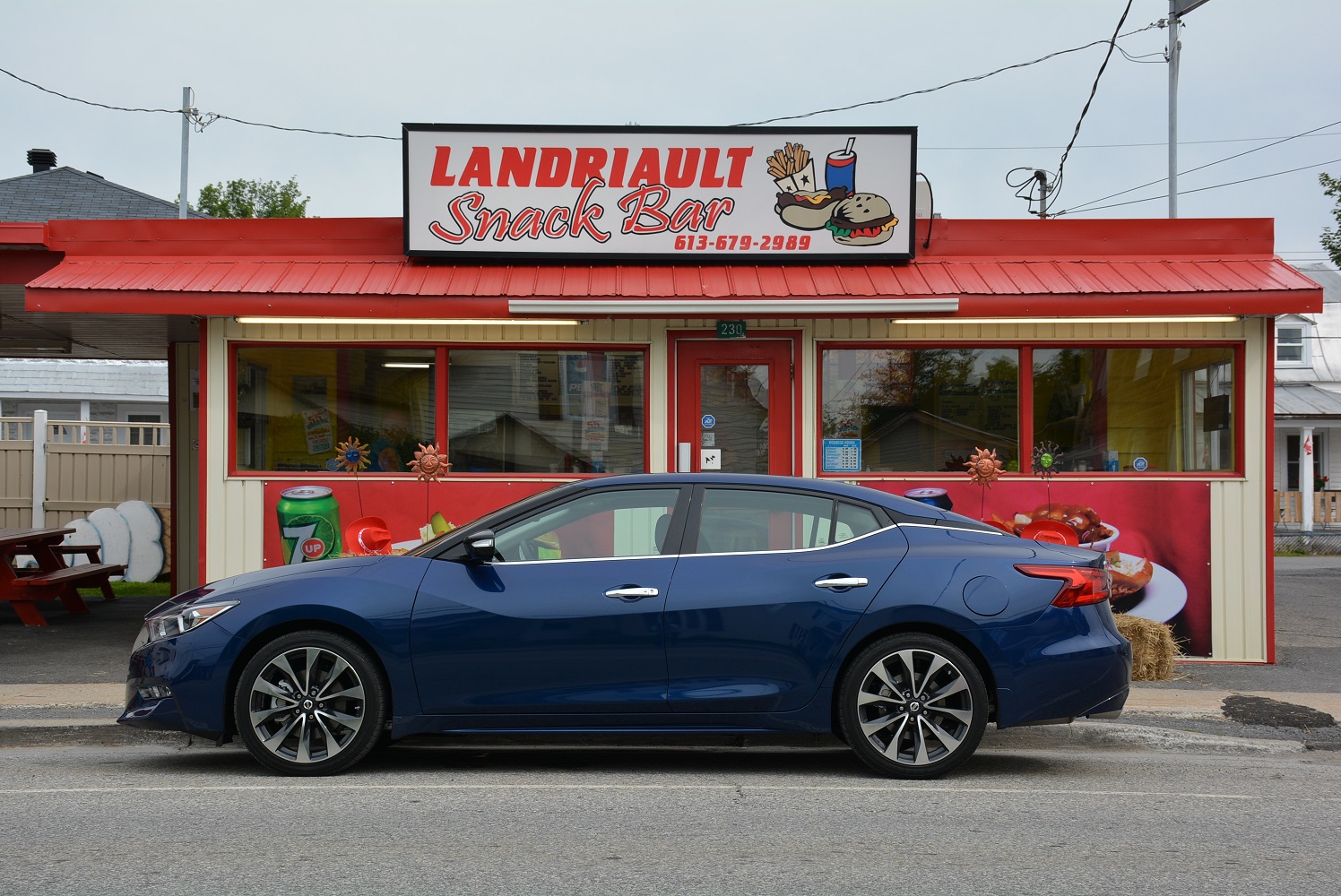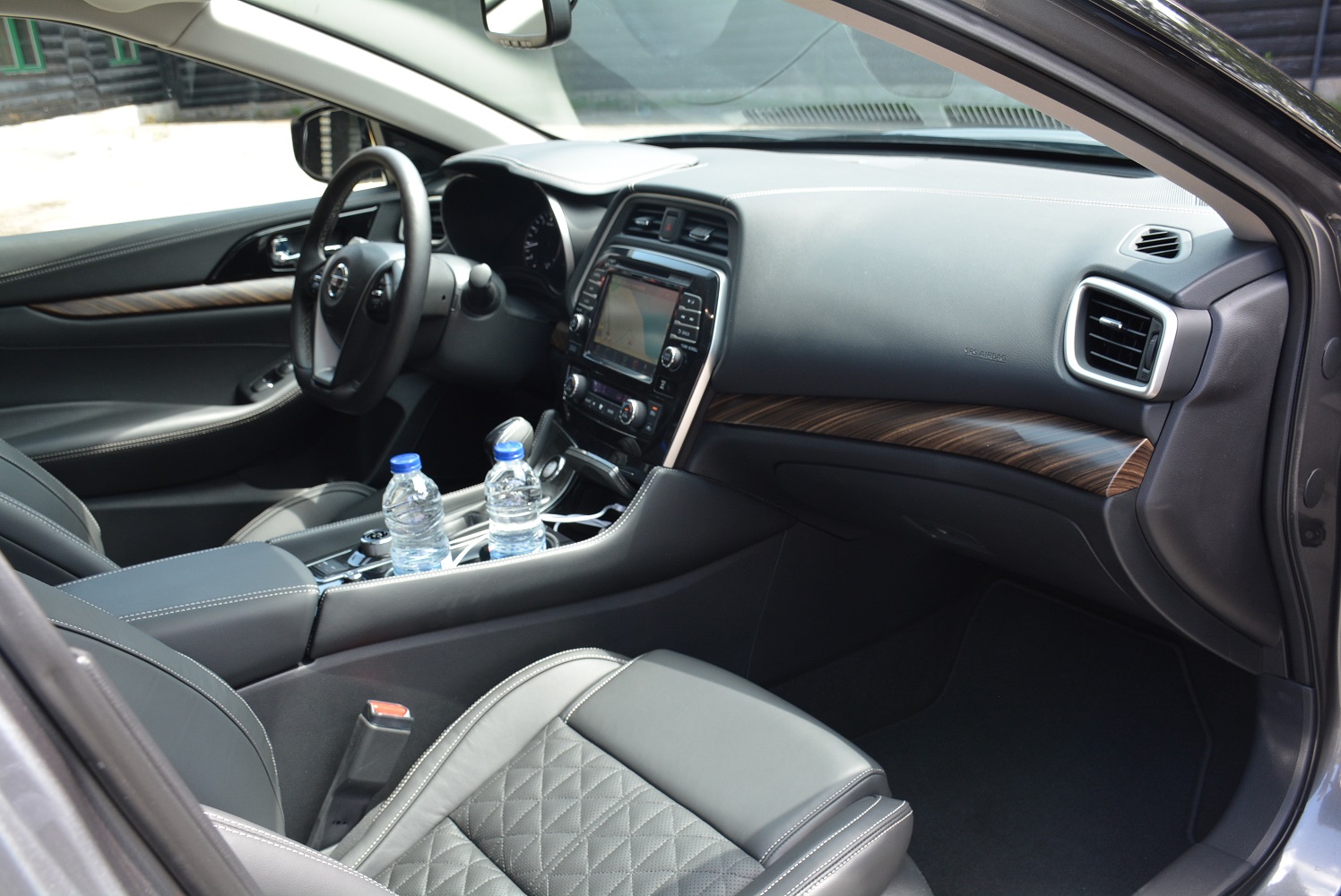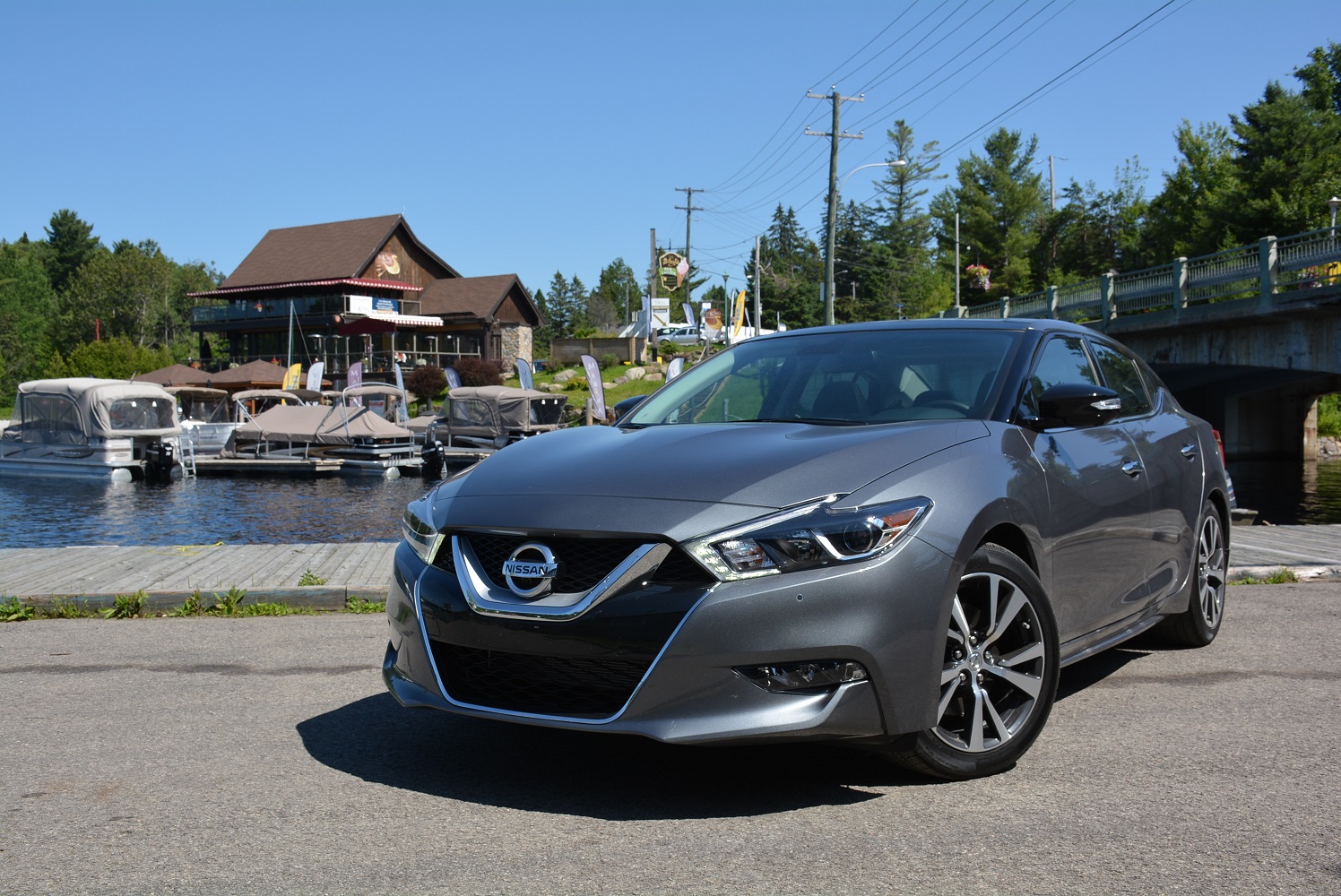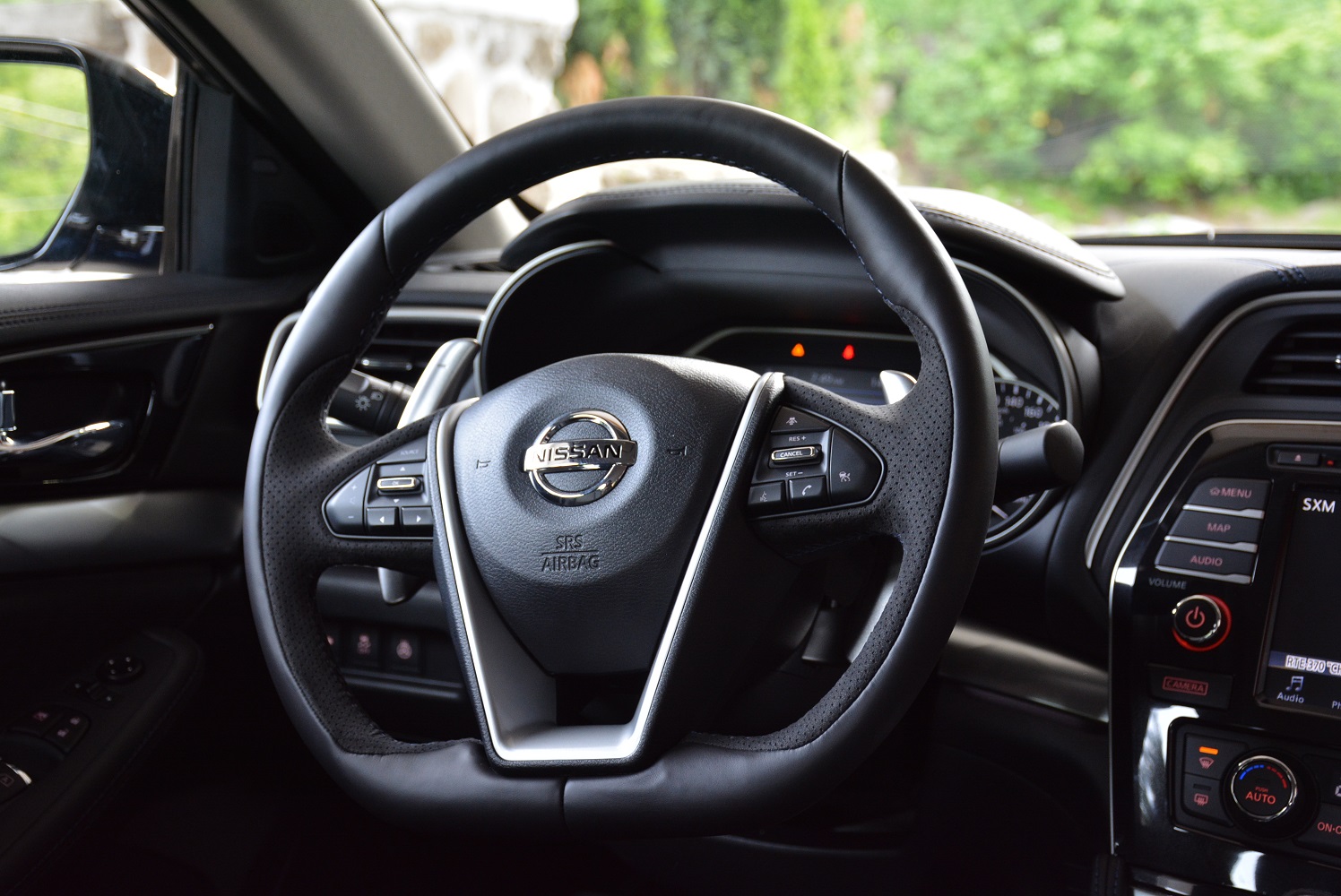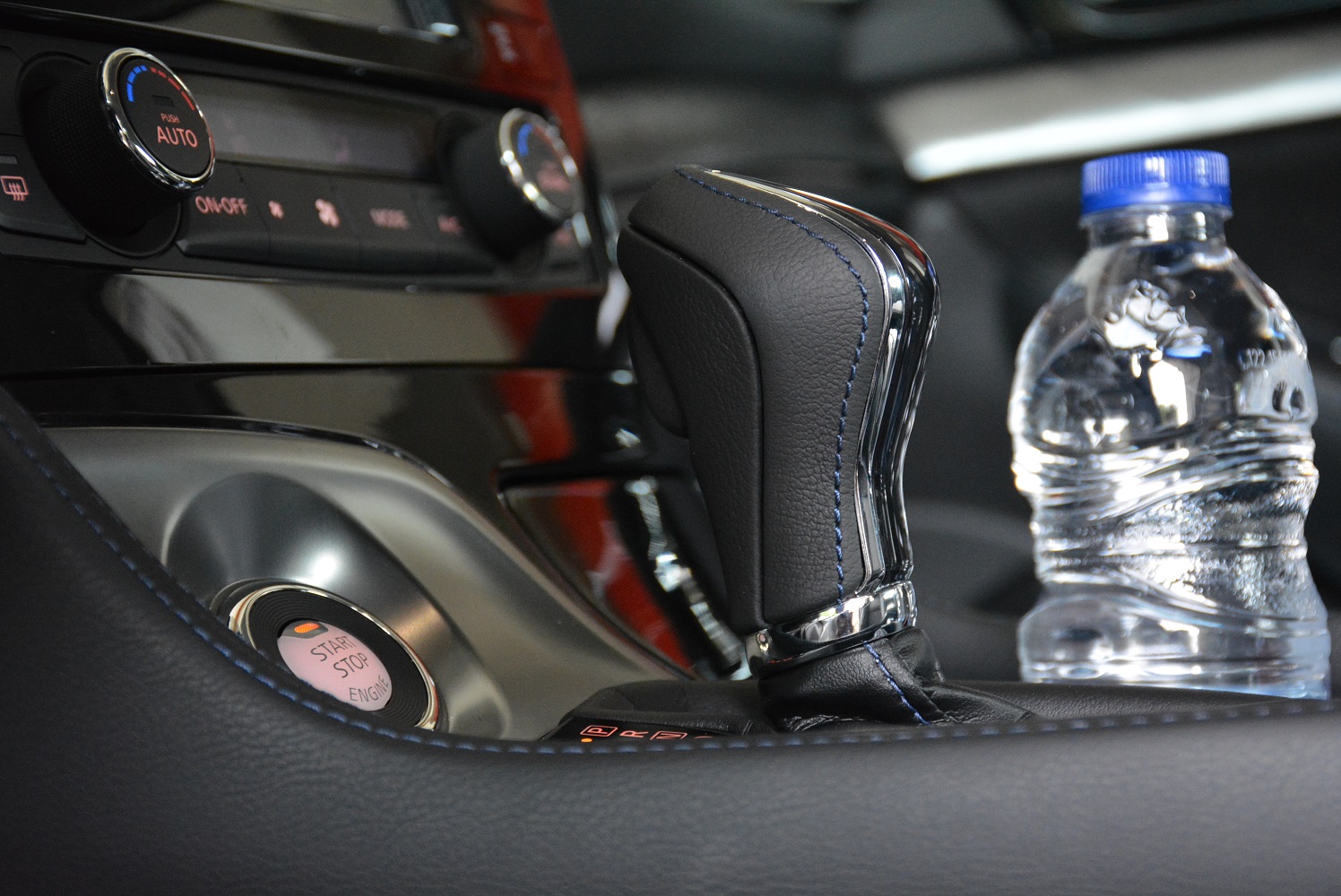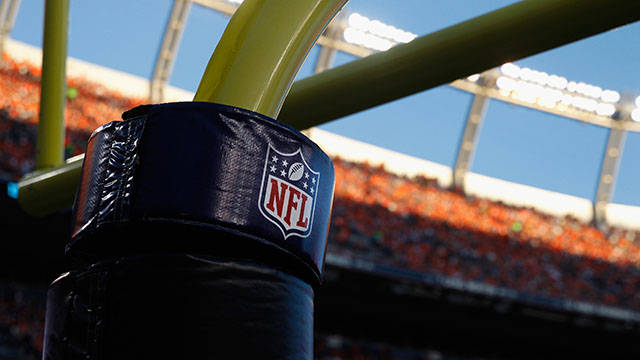Infiniti and Renault Sport search for young talent
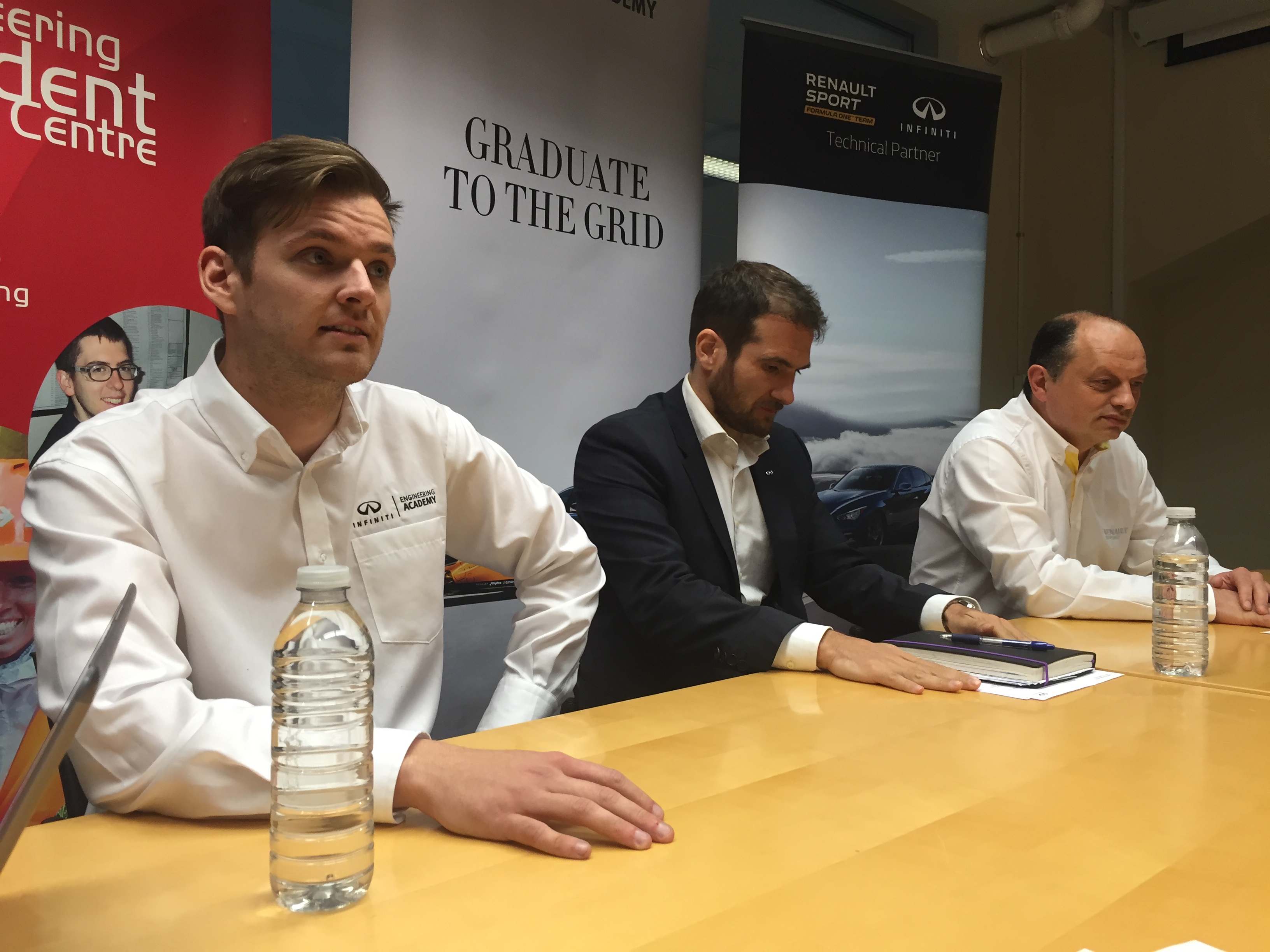
No longer will you see the Infiniti logo sponsored on the Red Bull Racing Formula One car. That title sponsorship deal has concluded, but a new one has formed, one that makes complete sense for Infiniti and Formula One's Renault Sport team, both part of the Renault-Nissan Alliance.
“We talk the same language and can collaborate on many different projects,” said Tommaso Volpe, Global Motorsport Director, Infiniti Motor Company.
That collaboration is mostly found through the global exposure of the brand, as well as the transfer of immediate information between the Formula One car and the road cars throughout the alliance. That feedback is imperative, as the Formula One findings are an extension of Renault-Nissan's research and development team.
All of the above mentioned efforts are essential, but the alliance has gone beyond to work together on a project called the Infiniti Engineering Academy. The academy – soon to enter its third year – execute a global university and college search for the best young, aspirational engineers. Students that are currently enrolled as an engineering student compete to win their spot in one of seven specific regions: China, Europe, United Arab Emirates, Asia and Oceania, Mexico, the United States and Canada – for the first time.
If you win your region after going through technical skill evaluations, practical challenges and a final event, you will be flown to the United Kingdom for a year to split equal internship time with Infiniti for six months and the Renault Sport Formula One team for the other six.
One of the 2015 winners, Daniel Sanham was on hand in Montreal for the Canadian Grand Prix weekend and spoke about his year with the Renault-Nissan Alliance to a group of engineering students at McGill University.
“The Infiniti Engineering Academy has been a challenging and rewarding experience, and I was delighted to share my story with Canadian students,” said Sanham. “It is my hope everyone who was at the event realizes they have nothing to lose and everything to gain from the Infiniti Engineering Academy – the work placement of a lifetime - they should all go for it!”
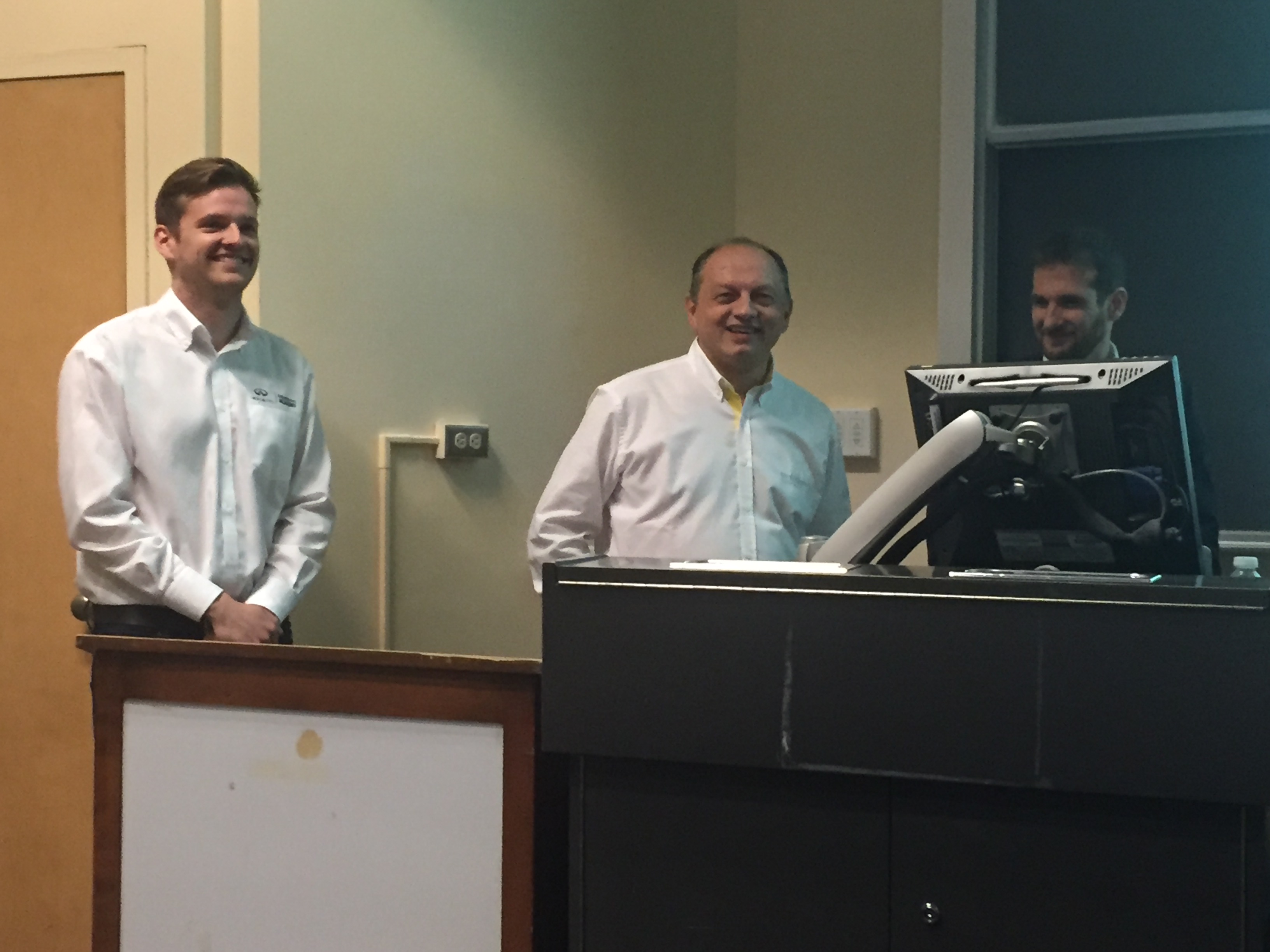
The support for Sanham and the Infiniti Engineering Academy was strong as the program was championed by Jerome Stoll, President at Renault Sport racing and Frédéric Vasseur, Team Principal.
Both Stoll and Vasseur spoke about the need to attract younger engineers into the Renault Sport fold.
“We have 494 people working for us and we want that to grow that to 650,” said Vasseur. “Technology is moving so fast and we need to attract younger engineers. The combination of experience and new activation and motivation will be a big help.”
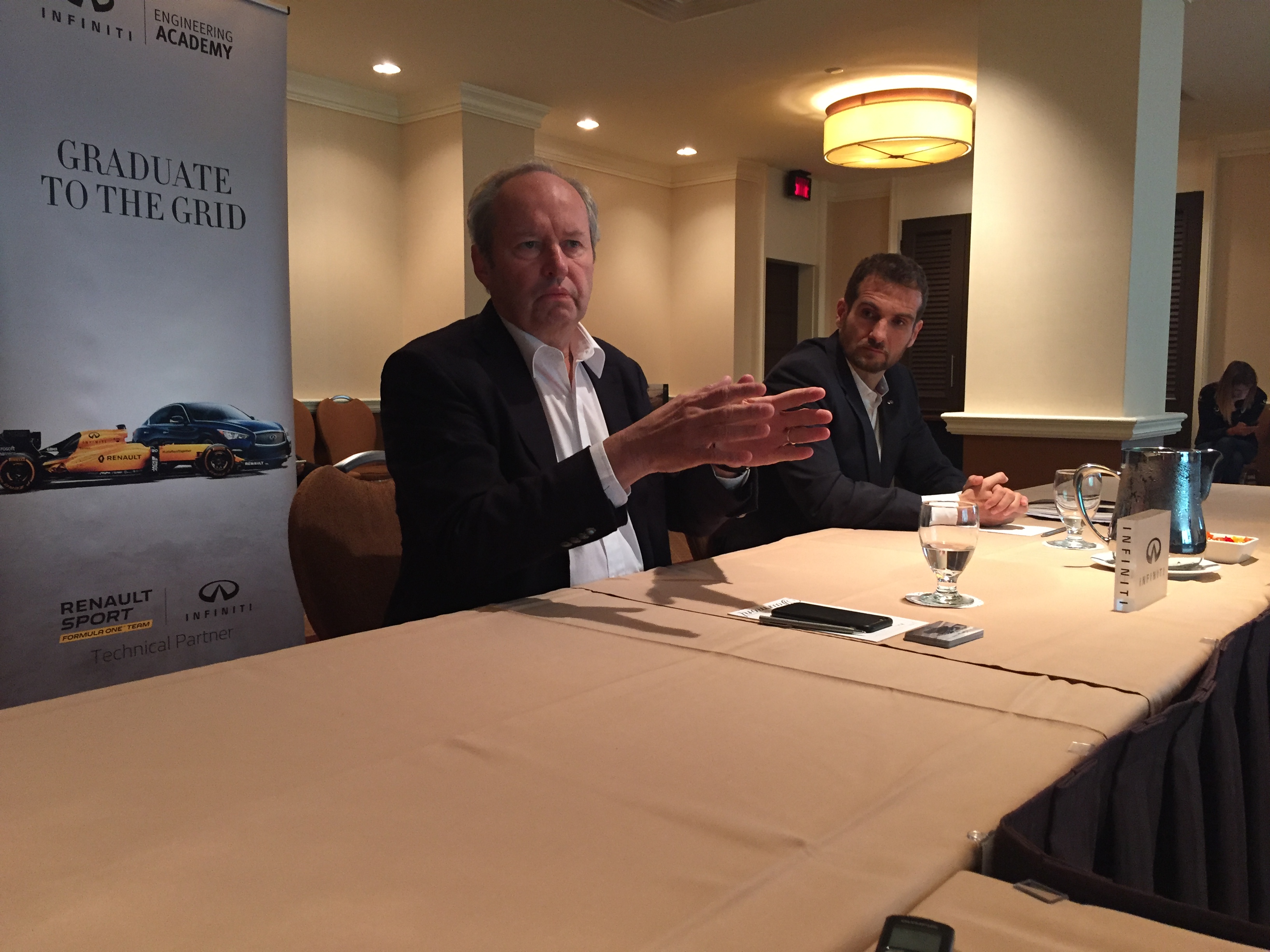
Montreal was Sanham's first live Formula One experience and he soaked in the moment to chat with McGill students, journalists, the Infiniti brass and the Renault Sport Formula One team. Since his placement has began, he has been surprised by how close the Infiniti team and the Renault Sport team are with one another and how open everyone is: “You can even bounce ideas and opinions with the veterans.”
And if Sanham was overwhelmed by the Formula One paddock, he's in for another treat as the Renault-Nissan Alliance is setting him up with another once in a lifetime moment to work with the Nissan team at the 24 Hours of Le Mans starting June 18.
Sanham will take off his Formula One hat where he's been working on electrical components to focus on a race that's all about endurance.
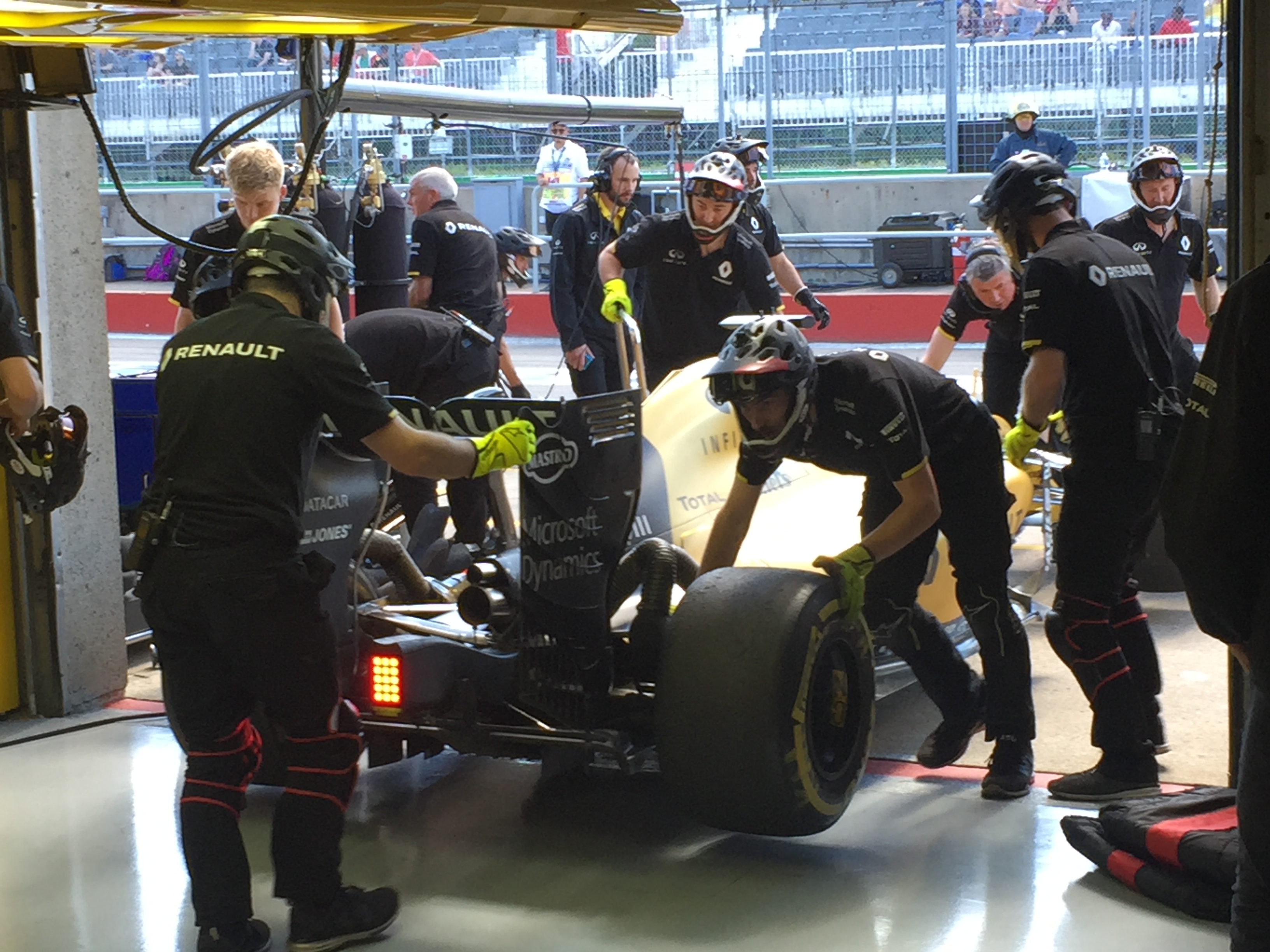
Sanham's journey shows that one's dream can truly become reality and he's hoping once this year has concluded he can land a full-time gig somewhere within the alliance. And there's history working in his favour as students coming from the inaugural academy have found jobs from the program: one was hired by Red Bull Racing and another at the Infiniti Tech Centre.
Applications for the Canadian final for the Infiniti Engineering Academy will close on June 30 and you can go to: https://academy.infiniti.com for more information. The winner of the Canadian region will be chosen the last week of July.
- Published in Auto Events

